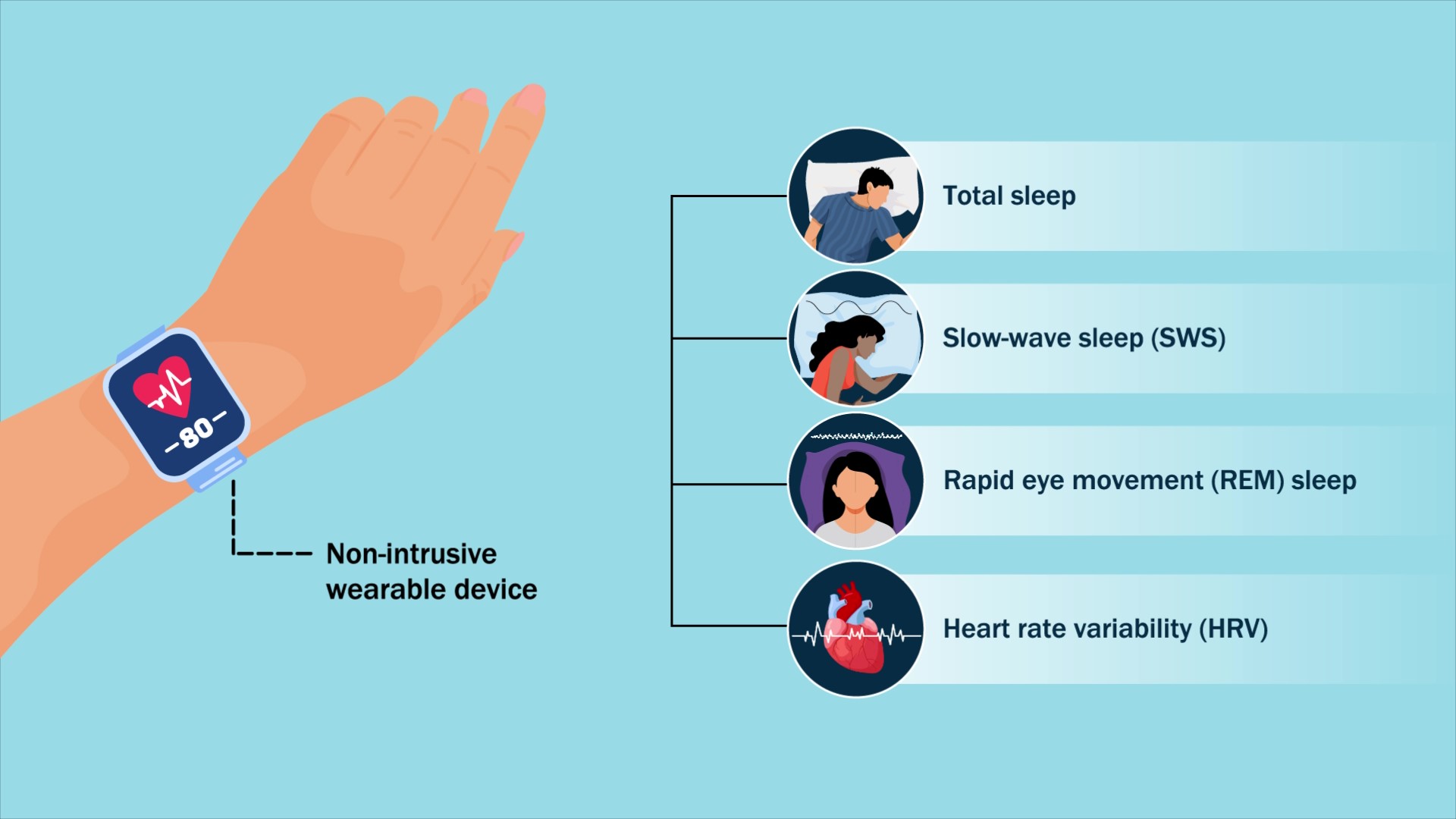A new study examines the impact of home call on sleep for orthopaedic surgeons. Dr. Matt Schmitz, JBJS Senior Editor for Pediatrics and Social Media, offers this post.
For orthopaedic surgeons taking trauma call, sleep disturbances are a well-known issue. Even if one isn’t actively going in to the hospital, answering the phone to care for patients can disrupt the sleep cycle.
In the October 15, 2025 issue of The Journal, Lawson et al. examine the effect of home call on the sleep patterns of orthopaedic resident and attending physicians. Their data help to quantify the impact—which has not been studied in detail in orthopaedic surgery. Access the study at JBJS.org:
This prospective, longitudinal pilot study was conducted at Oregon Health & Sciences University over 13 months (June 2021 to July 2022). Participants were outfitted with WHOOP 3.0 Straps, wearable devices to objectively track total sleep, slow-wave sleep, rapid eye movement (REM) sleep, heart rate, and heart rate variability.
Sixteen residents and 14 attending surgeons who took Level-I home call were analyzed; 4,574 nights of residents’ sleep and 3,573 nights of attendings’ sleep were recorded. Fixed-effects regression compared on-call, post-call night (PCN) 1, and PCN2 with baseline data.
Baseline sleep was already low and varied across individuals. Attendings averaged 6.0 hours per night, significantly less than residents, at 6.7 hours (p < 0.001). Home call further reduced sleep for both groups. For residents, total sleep decreased by 20%, while REM and slow-wave sleep each decreased by 12% (all p < 0.001). For attendings, total sleep decreased by 10% compared with baseline (p < 0.001); REM sleep, by 7% (p < 0.001); and short-wave sleep, by 4% (p < 0.01). These decrements target sleep stages critical for memory consolidation (REM) and physical recovery (short-wave sleep).
The authors also measured heart rate variability to assess autonomic balance, with residents showing no change in this measure on call, while for attendings, heart rate variability decreased by 4% while on call and was still 3% below baseline on PCN1 (p < 0.01 for the night on call and p = 0.02 for PCN1).
These findings highlight a measurable toll of home call on already-restricted sleep among orthopaedic residents and attendings. Given known links between sleep loss and impaired cognition, fine motor skills, and decision-making, the authors call for further research “to ensure excellent patient care, maximize educational environments, and develop strategies for resilience.”
As someone approaching their 50s (but not there yet) and taking call at a Level-I trauma center for pediatric patients, I found that this study resonated with me. I am not afraid to admit that it’s much more difficult to recover now after being up all night, operating or caring for patients, than when I was a resident, or even 8 years ago while deployed to Afghanistan. In the study, heart rate variability was still decreased on PCN1 among the attendings, which might factor into the feeling of recovery after a late night on call. I would like to see a similar study with more participants to better understand whether age plays a role in recovery, as the attending surgeons in this study were relatively young (median age of 40).
What is clear is that we should be discussing sleep disturbance and how it can affect our performance the next day while in the operating room or when seeing patients in-clinic. The days of “being tough” and just soldiering on are thankfully gone. We should acknowledge that both residents and attendings experience noteworthy sleep disturbances when taking call. Our patients need us to take call, and residents gain valuable experience from it, but we should be mindful of how it affects our physiology and evaluate ways to make up for it on nights when we are not on call.
Access the full study: Home Call and Sleep in Orthopaedic Surgeons. A Prospective, Longitudinal Study of the Effect of Home Call on Sleep in Orthopaedic Attending Surgeons and Residents
JBJS Senior Editor for Pediatrics and Social Media




